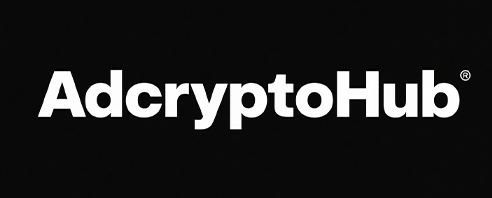
Path to Improving the Efficiency of Blockchain Media Content Dissemination
In the rapidly evolving digital landscape, blockchain technology has emerged as a revolutionary force across various industries, including media content dissemination. As a seasoned自媒体 writer with over a decade of experience, I've witnessed firsthand the challenges and opportunities that arise when integrating blockchain into media distribution. This article delves into the path to improving the efficiency of blockchain media content dissemination, offering insights and strategies for those looking to harness the power of blockchain in this domain.
The Current State of Media Content Dissemination
Today's media landscape is characterized by a fragmented audience and complex distribution channels. Traditional media outlets are struggling to keep up with the demands of an increasingly digital-first audience. Meanwhile, emerging platforms like social media and streaming services are vying for attention and ad revenue. This chaotic environment presents a significant challenge for content creators and distributors who seek to reach their target audiences efficiently.
The Role of Blockchain in Streamlining Content Distribution
Blockchain technology offers a decentralized and transparent platform for content distribution. By eliminating intermediaries, it reduces costs and increases efficiency. Moreover, blockchain's inherent security features ensure that content is delivered securely without the risk of tampering or unauthorized access.
Step 1: Establishing a Secure Blockchain Network
The first step in improving the efficiency of blockchain media content dissemination is to establish a secure and reliable blockchain network. This involves selecting the right consensus mechanism, ensuring robust security protocols, and maintaining high levels of network scalability.
For instance, Ethereum has become a popular choice for media content distribution due to its smart contract capabilities and large community support. However, it's essential to conduct thorough research and consider alternative blockchains like Binance Smart Chain or EOSIO that may offer better performance for specific use cases.
Step 2: Tokenization of Content
Tokenization is another crucial aspect of improving the efficiency of blockchain media content dissemination. By tokenizing content, creators can monetize their work directly through microtransactions or subscriptions. This approach not only simplifies payment processes but also enables creators to maintain greater control over their intellectual property.
A prime example is Steemit, which allows users to earn cryptocurrency rewards for creating and curating quality content. By tokenizing their work, creators can receive direct compensation from readers without relying on traditional advertising or subscription models.
Step 3: Decentralized Content Storage
Decentralized storage solutions like IPFS (InterPlanetary File System) can significantly improve the efficiency of blockchain media content dissemination by reducing reliance on centralized servers. IPFS allows for peer-to-peer sharing of files across a decentralized network, ensuring faster access times and reduced costs.
By integrating IPFS into their content distribution strategy, organizations can achieve greater scalability while maintaining high levels of data integrity and security.
Step 4: Smart Contracts for Automated Distribution
Smart contracts play a vital role in automating the distribution process on the blockchain. By utilizing smart contracts, organizations can streamline workflows, reduce manual intervention, and ensure timely delivery of content to end-users.
For instance, decentralized autonomous organizations (DAOs) can leverage smart contracts to manage content licensing agreements automatically. This not only saves time but also minimizes legal risks associated with traditional contract management processes.
Conclusion
Improving the efficiency of blockchain media content dissemination requires careful planning and strategic implementation. By establishing a secure network, tokenizing content, leveraging decentralized storage solutions like IPFS, and utilizing smart contracts for automated distribution processes; organizations can create a more efficient and transparent ecosystem for disseminating digital media.
As we continue to explore the potential of blockchain technology in various industries, it's crucial to remain open-minded about innovative approaches that can transform how we distribute and consume media content in today's digital world.

 한국어
한국어
 简体中文
简体中文
 English
English
 繁體中文
繁體中文
 日本語
日本語
 Español
Español
 Français
Français
 Deutsch
Deutsch
 Italiano
Italiano
 Русский
Русский
 Português
Português
 العربية
العربية
 Türkçe
Türkçe
 ภาษาไทย
ภาษาไทย
 हिंदी
हिंदी
 Bahasa Indonesia
Bahasa Indonesia
 Tiếng Việt
Tiếng Việt






